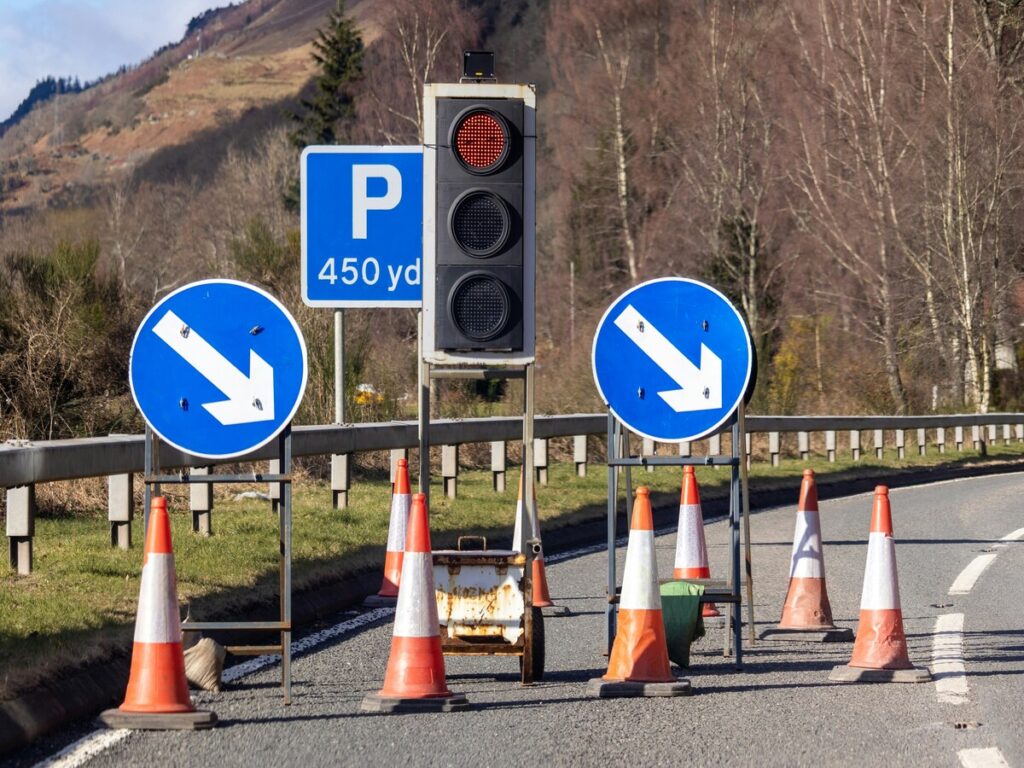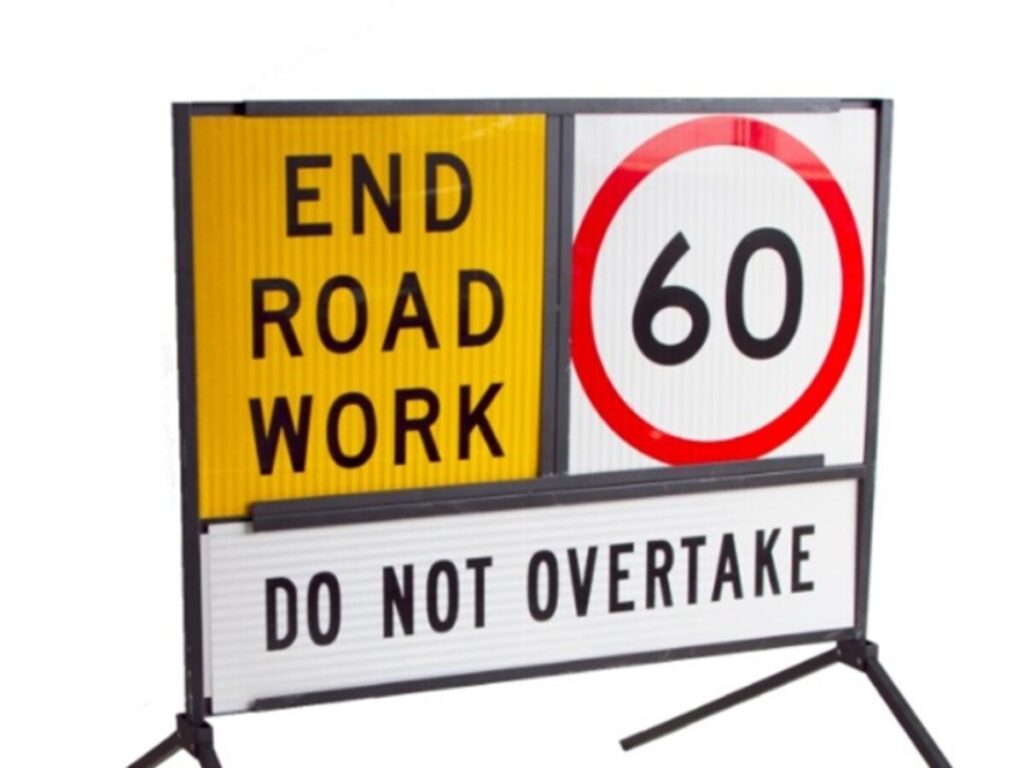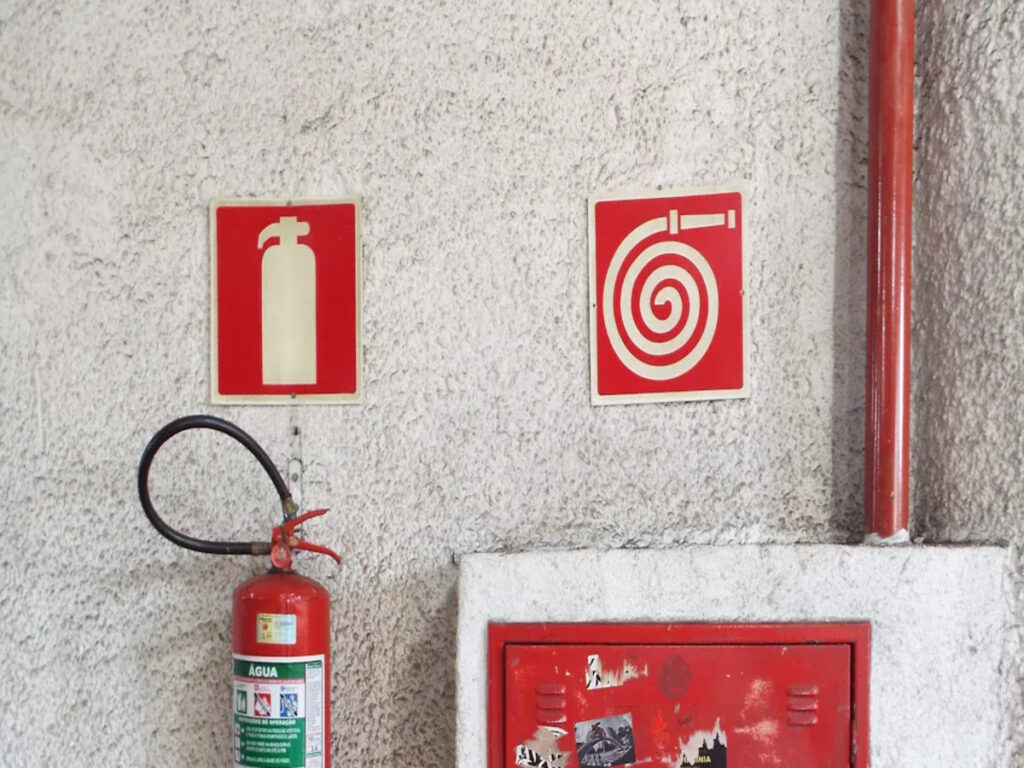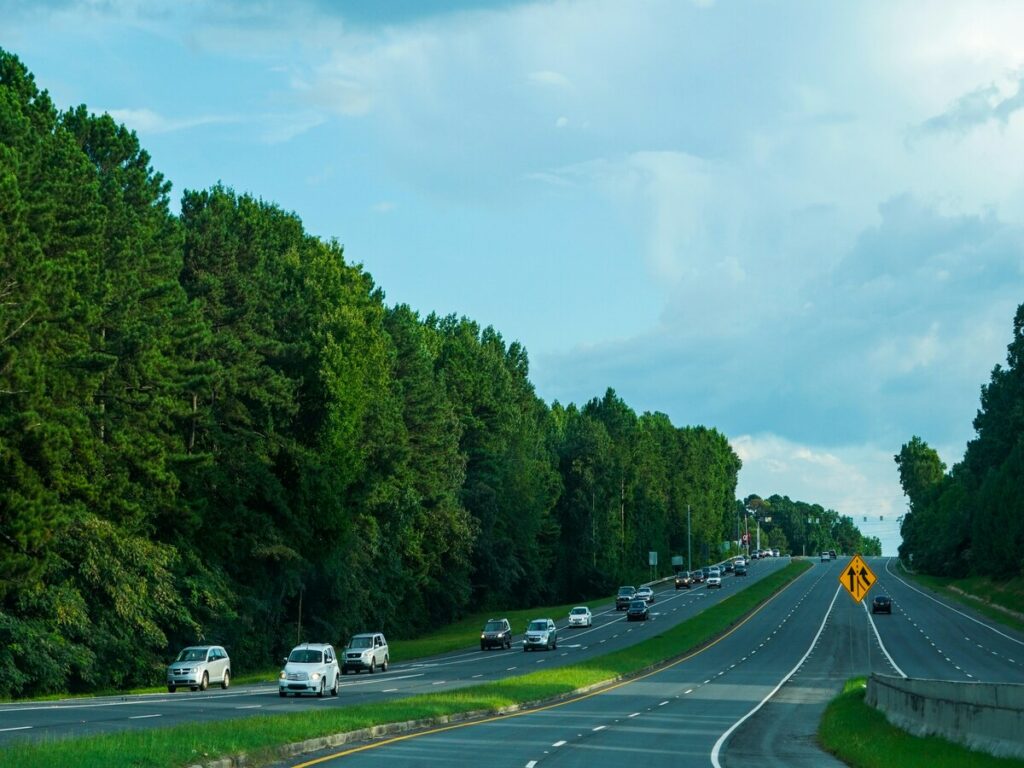
Cities keep adding road bollards to help keep people safe. These barriers control traffic and protect buildings. They also make walking areas safer for everyone.
| Region | CAGR (2024-2032) | Key Drivers and Notes |
|---|---|---|
| North America | 5.6% | Focus on security and infrastructure; strong demand in urban, government, and commercial settings. |
| Europe | 4.9% | Driven by safety regulations and sustainability; smart city projects in Germany, UK, France. |
| Asia Pacific | 6.4% | Fastest growth; rapid urbanization and large infrastructure investments, especially in China and India. |
Lifecycle compliance is now very important for new buildings. Companies check the carbon footprint of road bollards. They try to get LEED certification. This helps make road bollards better for the environment.
Road Bollards Lifecycle
Lifecycle Phases
A road bollard has many steps in its life. These steps are design, making, putting in, using, and taking out. Each step changes how the bollard works and its effect on nature.
| Lifecycle Phase | Case Example / Description | Key Points / Evidence |
|---|---|---|
| Design | New York City bollards used for traffic control and safety during the Republican Convention | Integrated design planning, ADA compliance, aesthetics, and cost-effectiveness |
| Israel’s Traffic Research Institute placing bollards at highway exit gore areas to reduce accidents | Performance-based design focused on safety and traffic stream control | |
| Stakeholder Collaboration | Fire protection engineers, architects, fire marshals, contractors, and clients collaborate on bollard selection | Balancing safety and security needs, involving multiple stakeholders in design decisions |
| Operational Use | University of Connecticut and Lasell College using bollards for pedestrian safety and access control | Specific spacing and removable bollard requirements to maintain pedestrian flow and vehicular access |
| Maintenance | Five bollard styles with varying removal/collapse times (padlocked, hydrant wrench, collapsible) | Evaluation of ease and speed of emergency access and restoration after use |
| Decommissioning / Replacement | Durability, repairability (e.g., collapsible by bumper force with replaceable inserts) | Planning for quick repair and return to security function |
| Emerging Issues | GSA site security plans, wildland urban interface fire prevention, and urban design code changes | Ongoing lifecycle considerations including sustainability, security, and regulatory impacts |
Design teams work with many people, like fire engineers and architects. They care about safety, making things easy to use, and saving money. When putting in bollards, teams must follow local rules and make sure they fit. When used, bollards help control cars and keep people safe. Maintenance teams look for damage and fix problems. When bollards are old, they might get replaced or recycled.
Environmental Impact
Each step in a bollard’s life can hurt or help the environment. Making bollards uses energy and materials. This can cause carbon emissions. Putting them in can mess up the ground and use fuel. When used, bollards help stop crashes and protect buildings. This means less fixing is needed in public places.
Good lifecycle management means less waste and less energy use. Picking strong and fixable bollards helps them last longer. This means fewer new materials are needed. When taking out bollards, recycling or reusing parts helps the environment. If each step is managed well, cities and companies can make bollards greener and help green building goals.
ISO 14064 Carbon Footprint
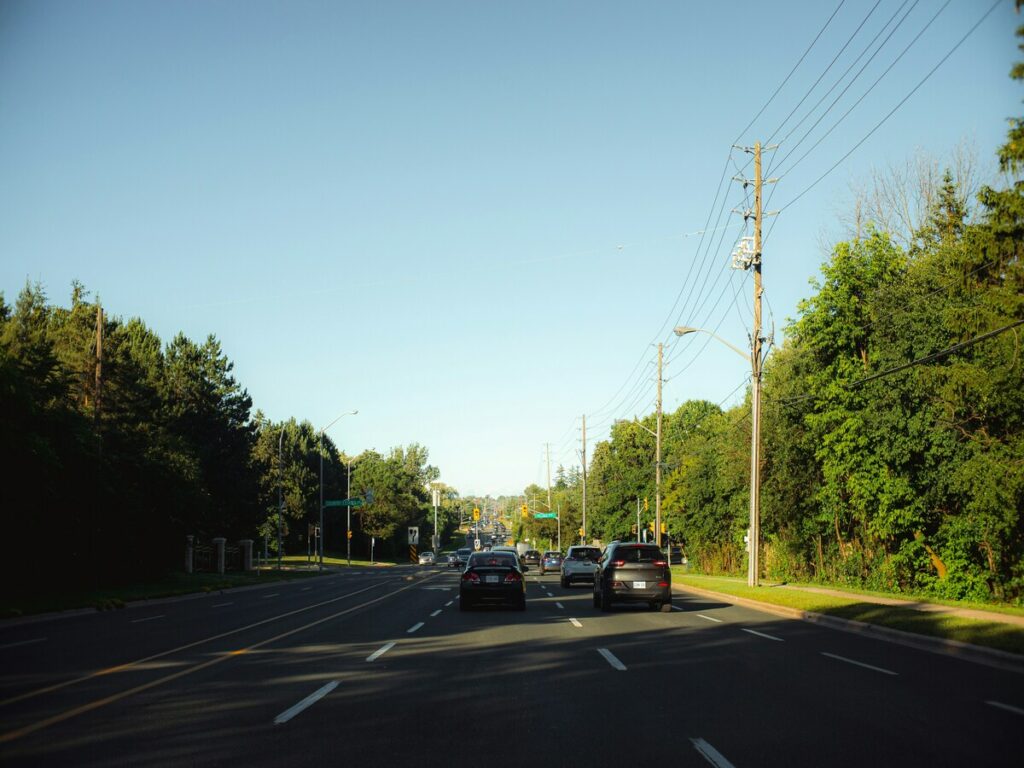
Standard Overview
ISO 14064 is a global rule for measuring greenhouse gas emissions. Cities and companies use it to check the carbon footprint of things like road bollards. The rule looks at three main types of emissions. Scope 1 is from things a company owns. Scope 2 is from the energy they buy, and Scope 3 is from other parts of the supply chain.
- ISO 14064 helps cities count Scope 3 emissions for products like road bollards.
- Groups like WBCSD, WRI, ICLEI, and C40 support using ISO 14064 for city projects.
- Studies say Scope 3 emissions can be as big as Scope 1 and 2 together.
- The rule says to use consumption-based accounting to count emissions outside city lines.
- It is important not to count the same emissions in both Scope 1 and Scope 3.
- Policymakers use ISO 14064 to make better plans to cut emissions in cities.
Calculation Methods
ISO 14064 gives steps for finding the carbon footprint of projects. It tells groups to set boundaries, find emission sources, and use the same ways to measure emissions. They must collect data, use emission factors, and share results clearly.
| ISO 14064 Part | Key Calculation Methods and Requirements | Examples Relevant to Infrastructure Projects |
|---|---|---|
| ISO 14064-1 (Organizational Level) | – Make a list of all GHG sources (Scope 1, 2, and 3). – Use the same way to measure each time. – Share data clearly so others can check it. | – Track emissions from company vehicles (Scope 1). – Figure out electricity emissions with local numbers (Scope 2). – Report supplier emissions for things they buy (Scope 3). |
| ISO 14064-2 (Project Level) | – Set project limits and what to include. – Find starting emissions to see if they go down. – Watch emissions over time. – Explain how you measure and what you guess. | – Measure less emissions from solar panels. – Count carbon saved by planting trees. |
| ISO 14064-3 (Verification & Validation) | – Plan how to check the data and what to look at. – Make sure GHG data is correct. – Check how emissions are measured. – Give a statement that says the data is right. | – Outside groups check GHG reports. – Check carbon offset claims before giving credits. |
To find the carbon footprint of road bollards, groups do these steps:
- Set the project area to include all needed work.
- Find where emissions come from:
- Scope 1: Direct emissions from fuel used to make or install bollards.
- Scope 2: Indirect emissions from electricity used in making bollards.
- Scope 3: Indirect emissions from materials, moving them, and throwing them away.
- Gather data about fuel, electricity, and materials.
- Use emission factors to turn data into CO2 numbers.
- Use software to add up all emissions.
- Report Scope 1 and 2 emissions, and add Scope 3 for a full view.
Tip: Using ISO 14064 makes carbon footprint results trustworthy and easy to compare.
Emission Reduction
To lower emissions, you need to know where they start. ISO 14064 helps groups find the biggest sources of emissions in their projects. For road bollards, most emissions come from making materials, moving them, and putting them in place.
Some good ways to cut emissions are:
- Pick recycled or low-carbon materials to make bollards.
- Plan better routes to use less fuel when moving bollards.
- Use renewable energy in factories.
- Make bollards last longer and easy to recycle.
- Check and fix bollards to keep them working longer.
Cities and companies using ISO 14064 can set clear goals to cut emissions. They can watch their progress and show they care about the environment. This helps with green building awards and meeting climate goals.
LEED v4.1 Material Certification
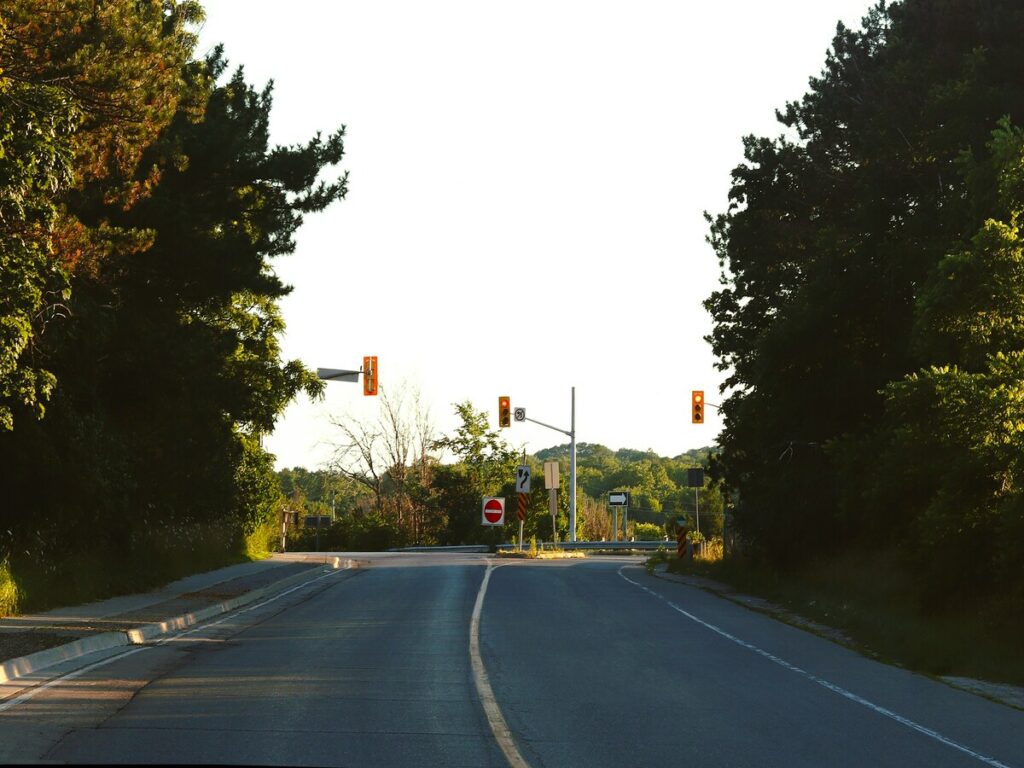
LEED Requirements
The rules for selecting building materials are clearly defined in LEED v4.1. The system wants teams to use products that are better for the environment. A big part of LEED v4.1 is using Environmental Product Declarations (EPDs). EPDs give facts about a product’s effect on nature, like how much energy it uses and how much carbon it makes during its life.
Teams must pick materials that are safe, healthy, and good for the planet. LEED v4.1 checks the whole life of a product, from start to finish. This helps teams choose things that use less and make less waste. EPDs help teams compare products and pick the best ones for green buildings.
Note: EPDs help teams show that their material choices are good for the planet and meet LEED rules.
Material Selection
Picking the right bollard materials is important for getting LEED certification. Teams look for products with EPDs and made from recycled or renewable stuff. For example, using road bollards made from recycled steel or concrete can lower a project’s carbon footprint. Teams also check if things can be reused or recycled when they are old.
LEED v4.1 gives rewards for using materials that last long and do not pollute much. This means the materials stay strong and need less fixing. By choosing safe and tough materials, teams help people and the earth.
Some good things about using LEED-certified materials are:
- Lower bills and costs because of better energy use.
- Cleaner air inside, which helps people stay healthy.
- Higher building values and rent for certified places.
- Strong rules for water, energy, and planning that help the environment.
- Groups can set and reach big goals for cutting greenhouse gases.
LEED Points
LEED v4.1 gives points for using materials that follow its rules. Each material with an EPD can help a project get credits. The more green materials a team uses, the more points they get. Road bollards with EPDs and recycled parts can help earn these points.
The table below shows how LEED buildings do better than regular ones:
| Environmental Metric | Reduction Observed in LEED-certified Buildings |
|---|---|
| CO2 Emissions | 34% lower compared to conventional commercial buildings |
| Energy Consumption | 25% less than conventional commercial buildings |
| Water Use | 11% less than conventional commercial buildings |
Projects with more LEED points show real changes. They use less energy and water, and they make less carbon. These changes help cities and companies reach their green goals. Road bollards that meet LEED v4.1 rules help make cities safer, greener, and better for everyone.
Compliance Benefits
Long-term Impact
Lifecycle compliance gives long-lasting good effects for people and nature. When cities and companies use ISO 14064 and LEED v4.1, they make less waste and use less energy as time goes on. Good lifecycle management means things do not break as much. This means fewer new materials are needed and less trash goes to landfills. People get safer streets and cleaner air. Over many years, these actions help cities reach climate goals and make life better for everyone.
Following rules well also keeps risks low. Agencies get fewer lawsuits because safer designs mean fewer accidents. People feel safer in public places with strong barriers.
Business Value
Using lifecycle compliance helps businesses in clear ways. Projects with road bollards made for the environment often have fewer crashes and cost less money. The table below shows how different places get better results from these actions:
| Location/Study | Improvement Type | Quantified Result | Economic Savings |
|---|---|---|---|
| Surrey County, UK | Fatal and injury crash reduction | 1.25 fewer crashes/year at audited sites | N/A |
| New York DOT | Crash reduction | 20% to 40% fewer crashes | N/A |
| South Carolina DOT Site 1 | Crash reduction | 12.5% fewer total crashes | $40,000 |
| South Carolina DOT Site 3 | Fatality reduction | 60% fewer fatalities | $3.66 million |
| South Carolina DOT Site 4 | Crash reduction | 23.4% fewer crashes | $147,000 |
These numbers show that safer and rule-following designs save money. They do this by stopping accidents, repairs, and legal problems. Agencies also do not have to rebuild as much and spend less on fixing things over time.
Real-world Examples
Many cities have made streets safer and greener by using smart and earth-friendly road bollards. Some good examples are:
- New York City uses steel bollards that can move up and down in busy gardens. These keep cars out and make the area look nice.
- London puts wooden bollards with lights in city farms. This makes places safer and easier to see at night.
- Melbourne picks bollards made from recycled plastic. Some have planters to help the environment and keep people safe.
- Chicago uses pretty, removable bollards around gardens. This keeps people safe but lets them get in and out easily.
Smart bollards with IoT and solar power help cities control traffic and safety better. These projects show that following the rules makes cities safer, greener, and nicer for everyone.
Integration Strategies
Aligning Standards
Groups can get ISO 14064 and LEED v4.1 by matching their systems to green building goals. ISO 14064 is about counting and sharing greenhouse gas numbers. LEED v4.1 gives rewards for using materials that are better for nature. Teams can link these rules by using the same way to gather and share data.
A good plan to connect these standards has these steps:
- Use ISO 14001 to make an Environmental Management System. This system helps teams plan, do, check, and fix green goals.
- Use ISO 14064-1 to count and control greenhouse gas emissions. This helps teams track emissions from start to finish.
- Follow ISO 14040 to look at the whole life of road bollards. This lets teams see how each step affects the earth.
- Watch energy use with ISO 50001. This rule helps teams use less energy.
- Mix ISO systems with LEED’s building rules. This makes it easier to follow both sets of rules.
- Remember, ISO needs regular checks, but LEED looks at how buildings keep doing over time.
By matching these rules, teams can make a simple path to both certifications. This helps teams plan better and get stronger results.
Documentation
Clear records are very important for getting certified. Teams should keep proof that shows they follow both ISO and LEED rules. Good record-keeping means:
- Keeping staff rules and training records current.
- Writing and using standard steps for work.
- Saving check-up records and tracking green numbers.
- Using the Plan-Do-Check-Act cycle to keep getting better.
- Making greenhouse gas numbers open and easy to check.
- Having outside experts check if rules are followed to build trust.
- Using written systems to help plan, watch, and improve.
- Using ISO 14031 for tracking progress and ISO 14063 for sharing green news.
Lifecycle compliance makes road bollards better for the environment. Teams use carbon footprint checks and LEED certification to pick greener options. These actions help make streets safer and cities healthier.
When manufacturers and project teams use these steps, people trust them more. They show they care about sustainability and lead by example. They also get ready for new rules and what buyers want. Picking lifecycle compliance now brings good results for people and the earth in the future. 🌱
FAQ
What is the main purpose of road bollards in urban areas?
Road bollards keep people and buildings safe. They help control where cars can go. They also make it safer for people walking. Cities put them in to make streets and parks safer.
How does ISO 14064 help with sustainability?
ISO 14064 gives steps to measure greenhouse gas emissions. It helps companies see where they can cut pollution. This makes it easier to reach climate goals.
Why do Environmental Product Declarations (EPDs) matter for LEED v4.1?
EPDs tell us how a product affects the environment. LEED v4.1 gives points for picking materials with lower impacts. This helps teams get more points for their projects.
Can recycled materials in bollards help earn LEED points?
Yes. Using recycled or renewable materials in bollards helps get LEED v4.1 credits. These choices are better for the earth and help projects get certified.
What records should teams keep for certification?
Teams should save EPDs, carbon reports, training lists, and repair records. Keeping good records shows they follow the rules and makes checks easier.




